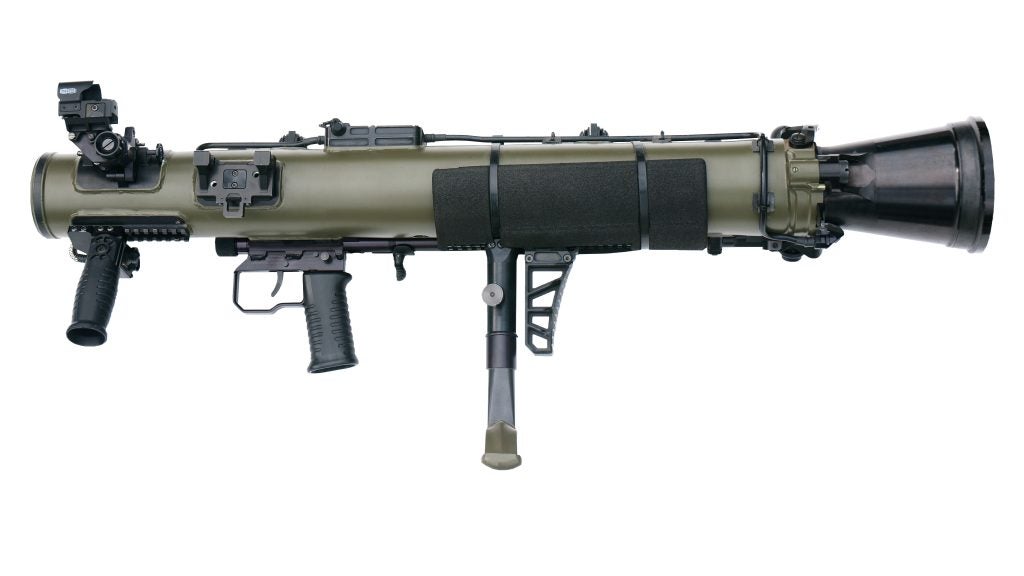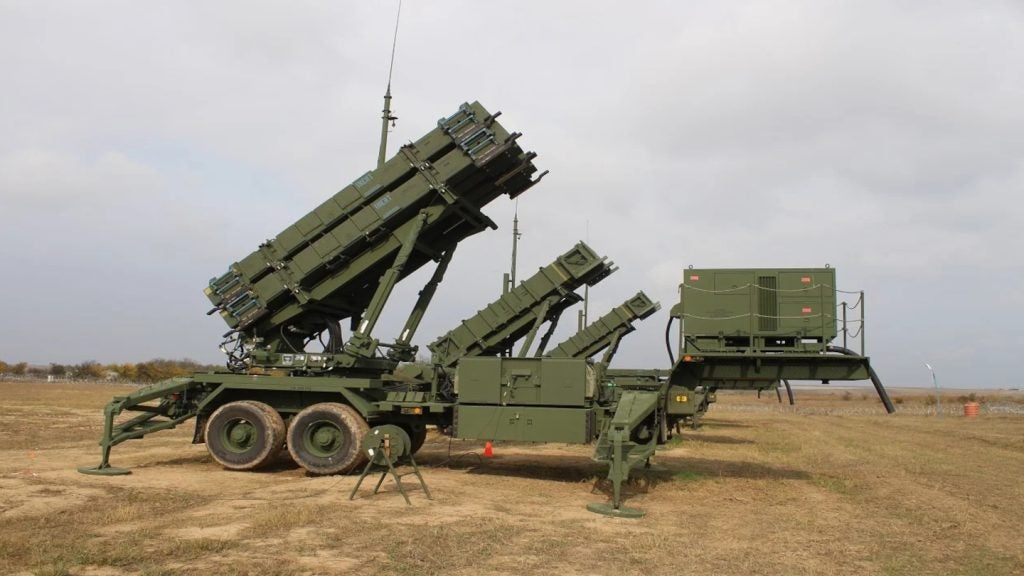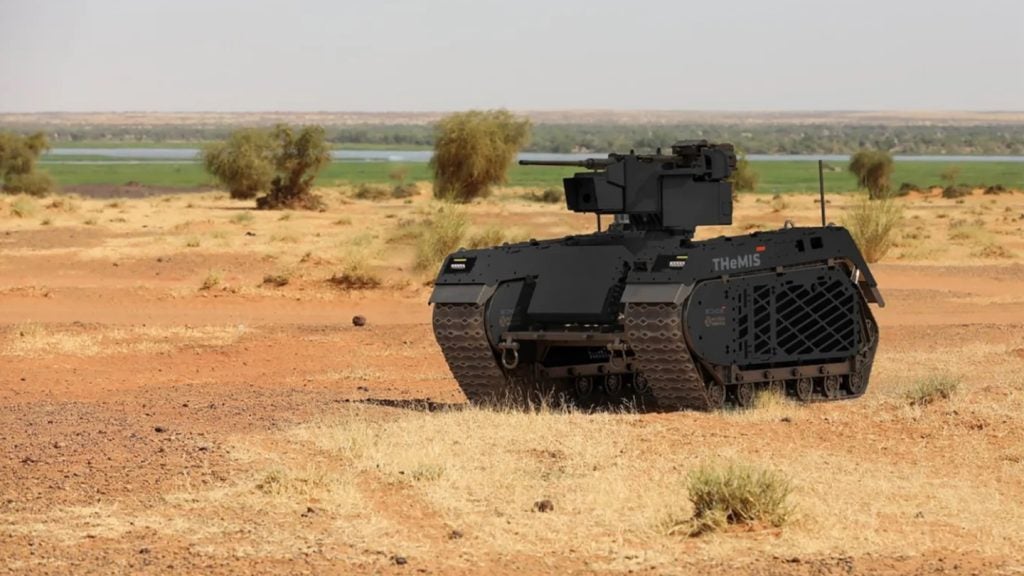Crotale NG (Next Generation) is an all-weather short-range and multi-sensor air defence system developed by Thales Air Defense (formerly Thomson-CSF Airsys).
The missions of the system are in front-line armoured brigade defence, permanent or semi-permanent site defence and area defence against air threats, such as fixed-wing aircraft, attack helicopters, cruise missiles, tactical missiles and saturation attacks with stand-off weapons released from aircraft and helicopters.
The Crotale NG system provides air situation and threat assessment, extended detection range, identification friend or foe (IFF), multi-target detection plus automated acquisition, tracking and engagement and all-weather operation. The data exchange capability provides integration of the Crotale NG into a global air defence scheme.
A platoon of four Crotale NG units can be operated in coordinated mode using the automated computer-to-computer data exchange. According to the threat assessment and the relative positions of the four units, the target is engaged by the unit in the best position.
Crotale NG design and development
Crotale NG entered production in 1990 and is in service with the Finnish Army (20 systems), and the French Air Force (12 shelter-mounted systems) and Navy.
Thales signed a contract with Greece in June 1999 for 11 Crotale NG systems, nine for the air force and two for the navy. The system has also been sold to Saudi Arabia and Oman.
In February 2000, Thales and Samsung were jointly awarded the contract for the Republic of Korea Pegasus (Chun Ma) K-SAM (Korean Surface-to-Air Missile) programme. The contract called for the production of 48 Crotale NG surveillance and fire control systems. Samsung Thales was awarded a follow-on contract in December 2003.
In March 2001, Thales Air Defence (formerly Shorts Missile Systems) was awarded a contract for the production of the VT1 missile. The Finnish Defence Forces successfully conducted a live firing of the Crotale NG integrated with Thales’ advanced Catherine XP thermal camera in June 2018.
Crotale NG missile defence system
Crotale NG missile defence system houses both radars and infrared sensors to provide the best view of the airborne targets.
The various subsystems are integrated on a single vehicle, which makes Crotale a stable and compact platform.
The range of operations that system can perform includes detection, interception and responding to the hostile threats such as unmanned aerial vehicles , rockets, and helicopters. The missile system can offer protection to stationary or mobile military and civilian assets from airborne threats.
The latest upgrade of the Crotale NG features an advanced thermal camera for reliable real-time imaging during day and night.
The warhead carrying capacity of the system is 13kg. The weapon system can launch the warhead at a maximum speed of Mach 3.5 to hit targets 11km away.
The Crotale NG defence system is used by with Finland, France, Greece, Oman and South Korea.
The VT-1 missile features
VT-1 is a short-range surface-to-air missile intended for use in land and sea-based operations.
It features a high level of manoeuvrability with load factor of 35g up to 8km. The missile can travel at a speed of Mach 3.5+ to cover 8km in 10.3 seconds. Propelled by a solid propellant rocket motor, the VT-1 missile has an effective range of more than 11km and ceiling of over 9km.
The Command to Line-Of-Sight (CLOS) guidance uses radar and electro-optical sensors. The missile is armed with a focused blast and fragmentation warhead, initiated by an RF proximity fuse. The warhead provides a lethal blast radius of 8m. Typical interception time from firing to airborne target destruction at a distance of 8km is 10.3s.
Fire control and surveillance The air defence missile system is equipped with a multi-sensor suite, including passive electro-optics and radar with built-in Electronic Counter Countermeasures (ECCM) to engage airborne targets under adverse conditions of dense electronic warfare and hostile battlefield environments of nuclear, biological and chemical warfare (NBC) and smoke and dust screens.
The sensor suite includes an S-band pulse doppler surveillance radar that can perform the functions of sectored surveillance, search-on-the-move and has a built-in IFF antenna. The ECCM features are low side lobes, frequency agility, pulse compression, CFAR (Constant False Alarm Rate) and strobe on jam. The range is 20km with altitude coverage from 0m to 5,000m.
A Ku-band TWT (travelling wave tube) single pulse doppler tracking radar on the missile system has a beam width of 1.20° and range of up to 30km.
The optoelectronic tracking system includes a thermal camera that has a dual field of view and electronic magnification providing 8.1 or 2.7° in azimuth and 5.4 or 1.8° in elevation. The range is up to 19km.
The daylight CCD camera has a field view of 2.4° in azimuth and 1.8° in elevation. The detection range of the camera is up to 15km. An infrared (IR) localiser mounted below the CCD camera is used for missile gathering.
All functions from target detection to target tracking are automated to achieve reduced reaction times. The reaction time is typically six seconds between first detection and launch of the missile. Once the missile is fired, the operational software selects the best missile tracking sensor according to data being supplied from all sensors. The operator has the option of overriding the sensor automatically selected by the operational software.
Crotale Mk3 long range air defence missile system
Thales developed the Crotale Mk3, a new long-range variant of the Crotale NG. The Crotale Mk3 has a maximum effective range of 16,000m and altitude of 9,000m. With the new Shikra 3D multibeam surveillance radar (derived from the Thales Netherlands SMART-S Mk2 search radar), Crotale Mk3 forms Thales’s Multishield system designed to protect sensitive sites and theatres of operation.
The Crotale Mk3 was first test fired in February 2007 at the DGA Centre d’Essais des Landes (CELM) missile launch range at Biscarrosse in South West France. It intercepted and destroyed the target at a range of more than 14,000m. In January 2008, the Mk3 missile system successfully intercepted and destroyed a Banshee target drone at an altitude of 970m and a range of 8,000m in an 11-second engagement. In a second test firing, Crotale MK3 destroyed the target flying at an altitude of 500m and a range of 15,000m.










